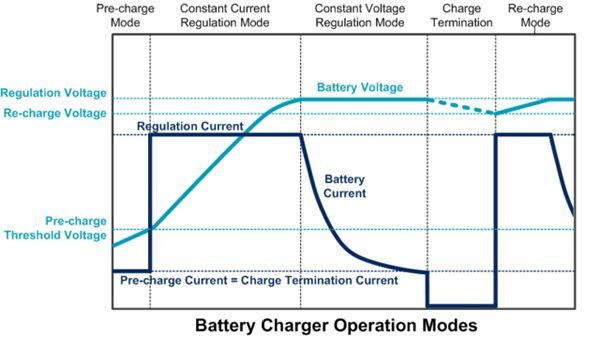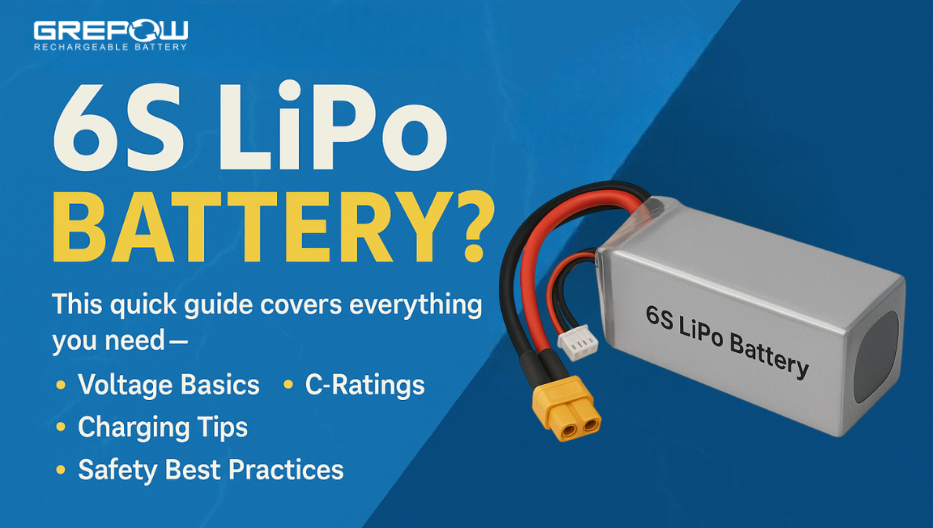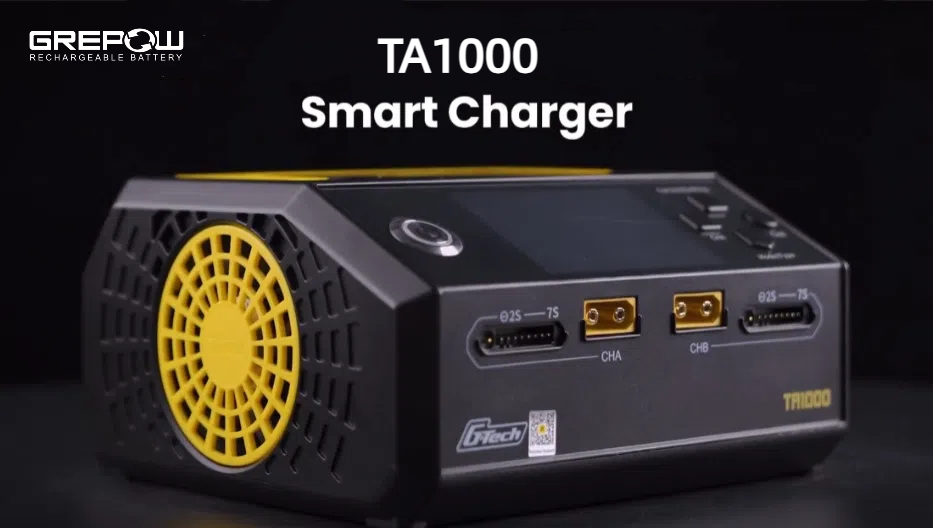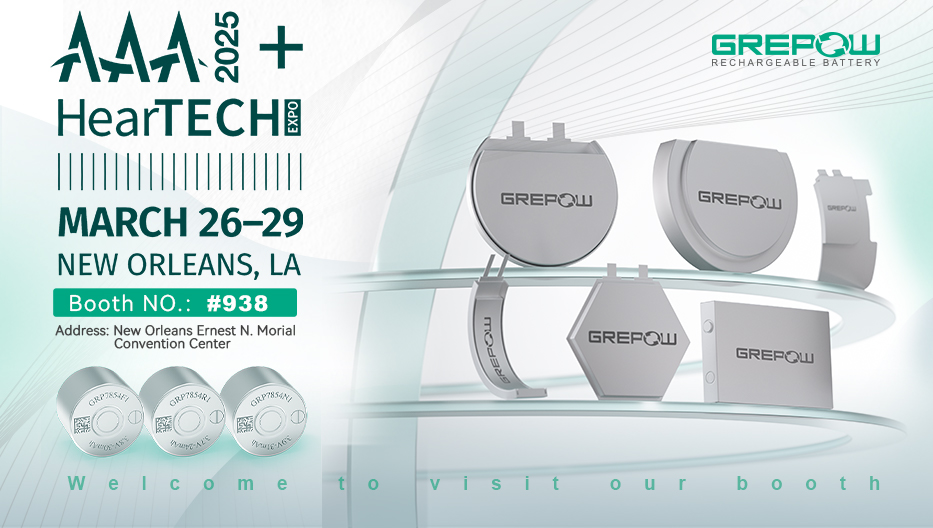How to increases battery charging rate?
According to the Physorg website, researchers at Northwestern University have developed an electrode for lithium-ion batteries that allows the battery to retain 10 times more power than the prior art, and the battery with the new electrode can be fast charging, increasing by 10 Double rates. Battery capacity and fast charging are two major battery limitations. The capacity is limited by the charge density, which is how much lithium ions the two poles of the battery can hold. Fast charging is limited by the rate at which lithium ions reach the negative electrode from the electrolyte. The negative electrode of the existing lithium battery is formed by stacking a carbon-based graphene sheet layer, and one lithium atom needs to be adapted to 6 carbon atoms. In order to increase the amount of electricity stored, scientists have tried to use silicon instead of carbon so that silicon can be adapted to more lithium, reaching 4 lithium atoms corresponding to 1 silicon atom.
However, silicon can significantly expand and shrink during charging, causing rapid breakdown and loss of charge capacity. The shape of the graphene sheet also limits the charging rate of the battery. Although they are only one carbon atom thick, they are very long. Since it takes a long time for lithium to move into the middle of the graphene sheet, the phenomenon of ion "traffic jam" occurs at the edge of the graphene sheet.

Now, the research team has solved the above problems by combining two technologies. First, in order to stabilize the silicon to maintain the maximum charge capacity, they added silicon clusters between the graphene sheets, and the elasticity of the graphene sheets was used to match the change in the number of silicon atoms in the battery, so that a large number of lithium atoms were stored in the electrodes. The addition of silicon clusters allows for higher energy densities and also reduces the loss of charge capacity due to silicon expansion and shrinkage, which is the best of both worlds. The chemical oxidation process is used to fabricate micropores from 10 nm to 20 nm on graphene sheets, which are called "face defects", so lithium ions will reach the negative electrode along with this shortcut and will be stored in the negative electrode by reacting with silicon. This will reduce the battery charging time by a factor of 10. The new technology can extend the charging life of lithium-ion batteries by 10 times. Even after 150 cycles of charging and discharging, the battery energy efficiency is still five times that of lithium-ion batteries on the existing market. And the technology is expected to enter the market in the next three to five years.
Related Articles
-

Practical Guide to 6S LiPo Batteries for Drones & RC Models
2025-04-23 -

How to Choose a LiPo Battery Charger?
2025-04-08 -

Join Grepow at AAA 2025+HearTECH Expo
2025-03-17
















































